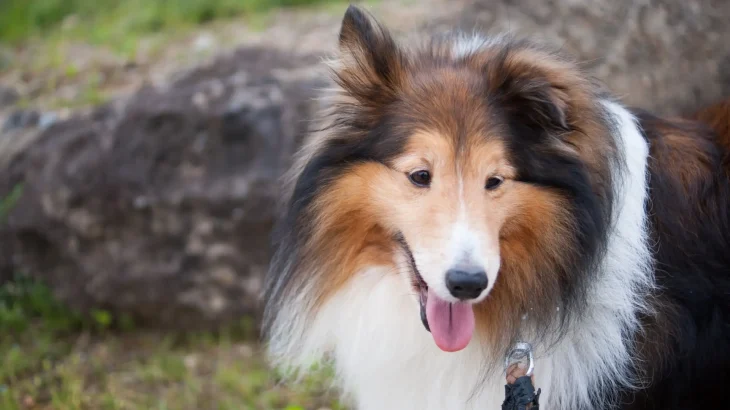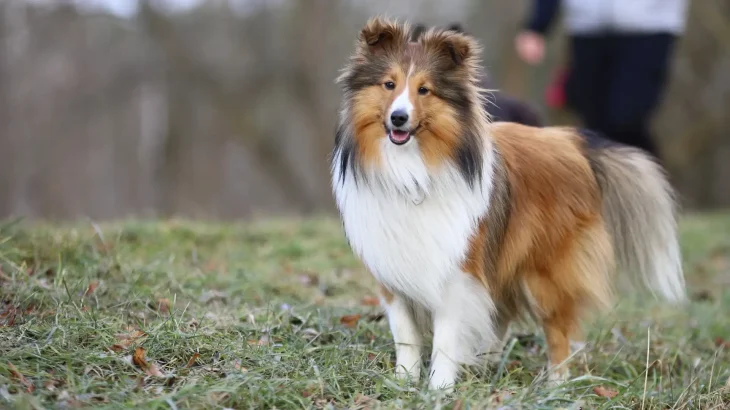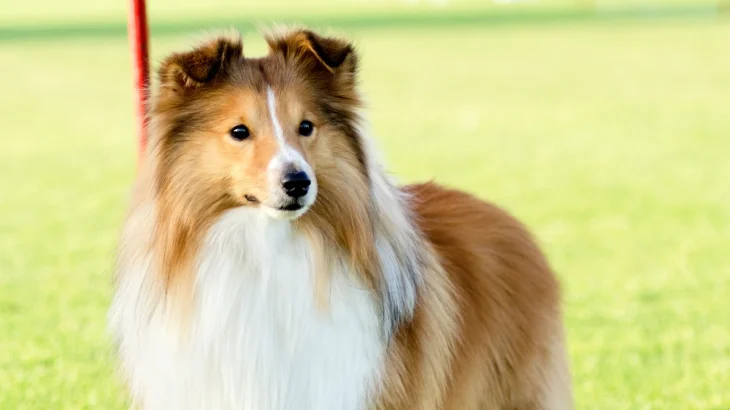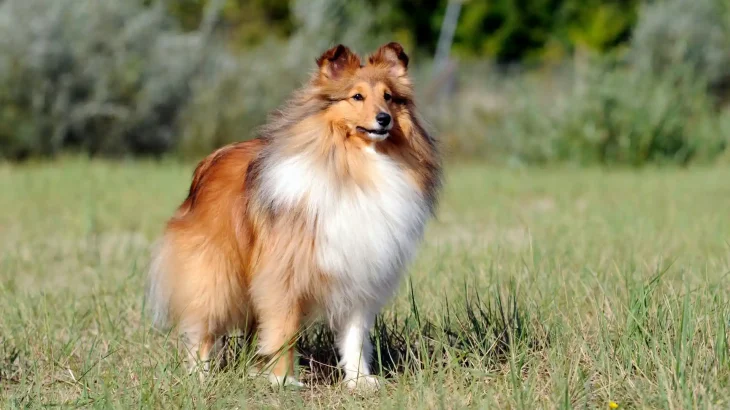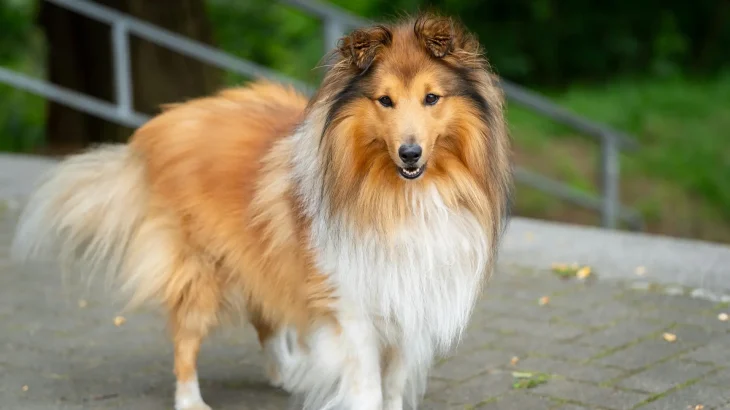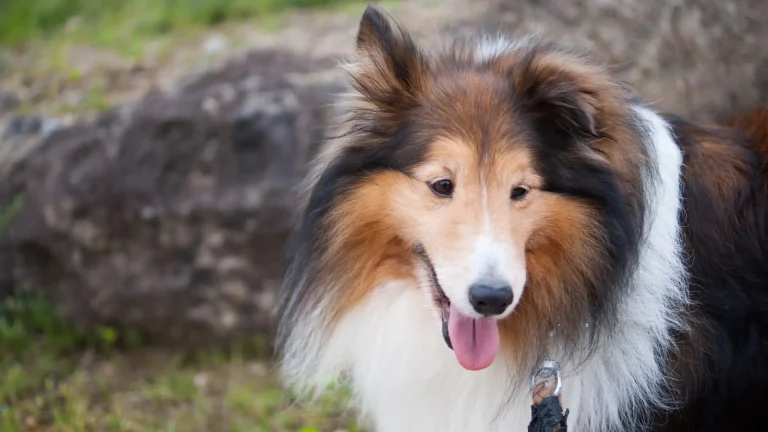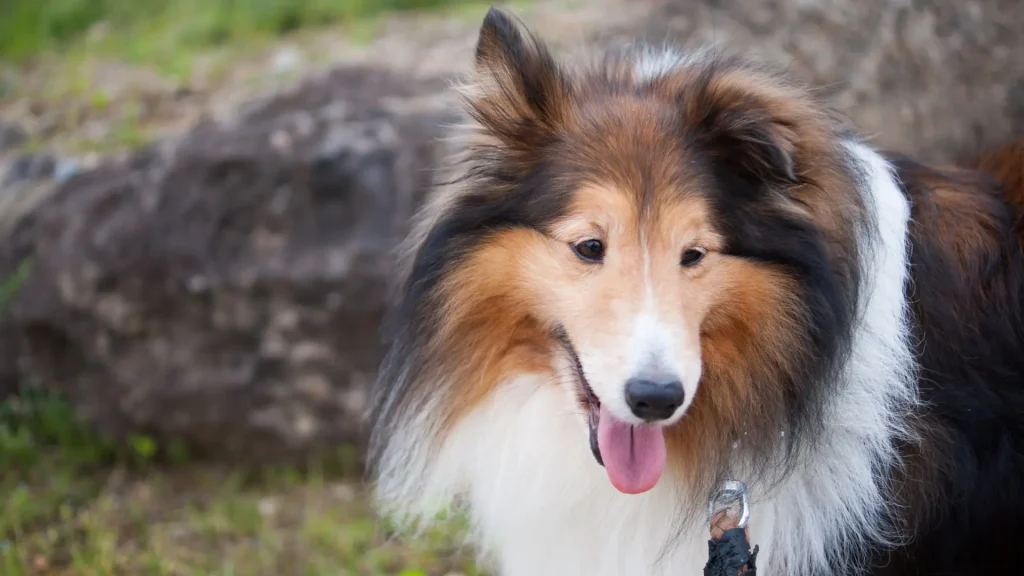Deciding whether to adopt or buy a Shetland Sheepdog puppy involves weighing factors such as cost, health transparency, and support. Buying from a breeder often offers detailed lineage and health info, while adoption provides a chance to rescue a dog with potentially lower upfront costs.
| Criteria | Buying from Breeder | Adopting from Shelter/Rescue |
|---|---|---|
| Cost | Generally higher, usually $1,000 to $3,000+ depending on pedigree and breeder reputation. | Lower fees, often $100 to $300, usually including vaccinations and spaying/neutering. |
| Health History | Comprehensive health records and genetic screenings are often provided by responsible breeders. | Health history may be limited or unknown; shelters usually perform basic health checks. |
| Age Availability | Usually available as puppies, allowing early bonding and training. | Dogs of various ages; good if you prefer an adult or senior dog. |
| Temperament Insight | Breeders often know lineage temperament traits and socialization history. | Shelter staff share behavior observations, though prior socialization details might be incomplete. |
| Supporting Practices | Supports breeding programs focused on maintaining breed standards; choosing ethical breeders avoids puppy mills. | Supports animal welfare by providing homes to dogs in need and reducing shelter populations. |
| Ethical Considerations | Depends on breeder ethics; reputable breeders prioritize health and temperament over profit. | Adoption promotes rescue culture and prevents euthanasia but may lack guarantees on breed purity. |

